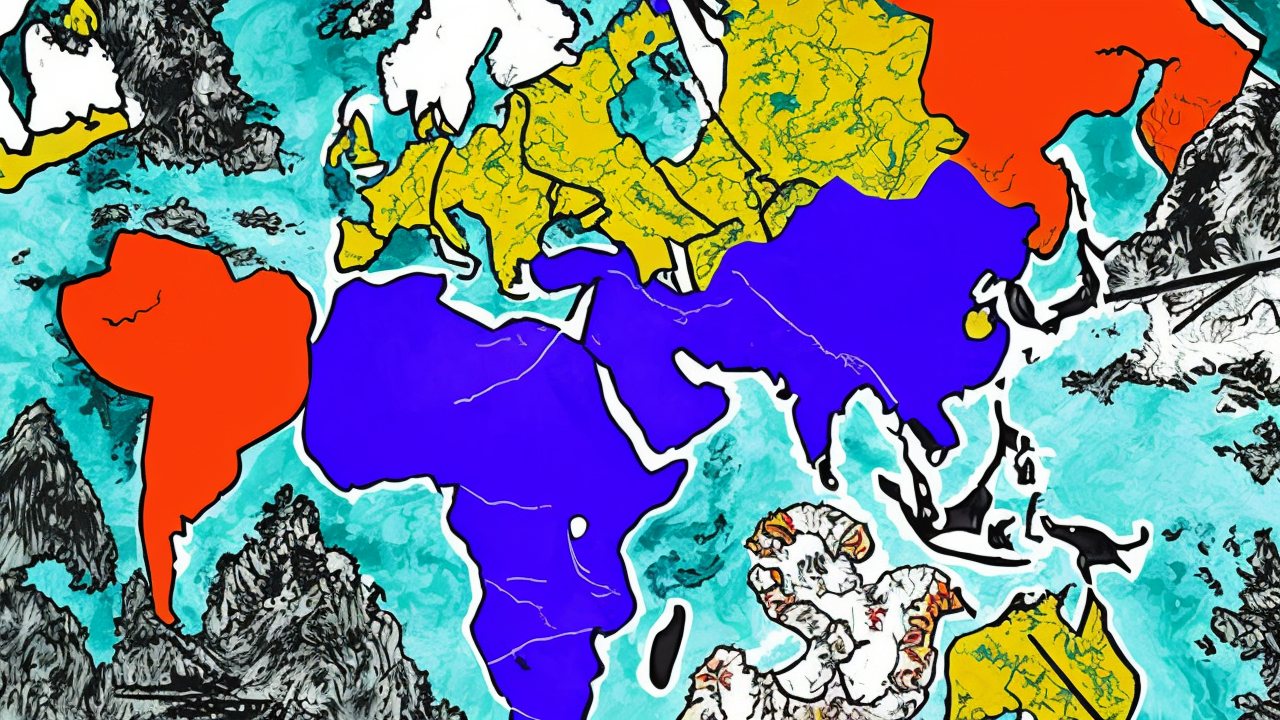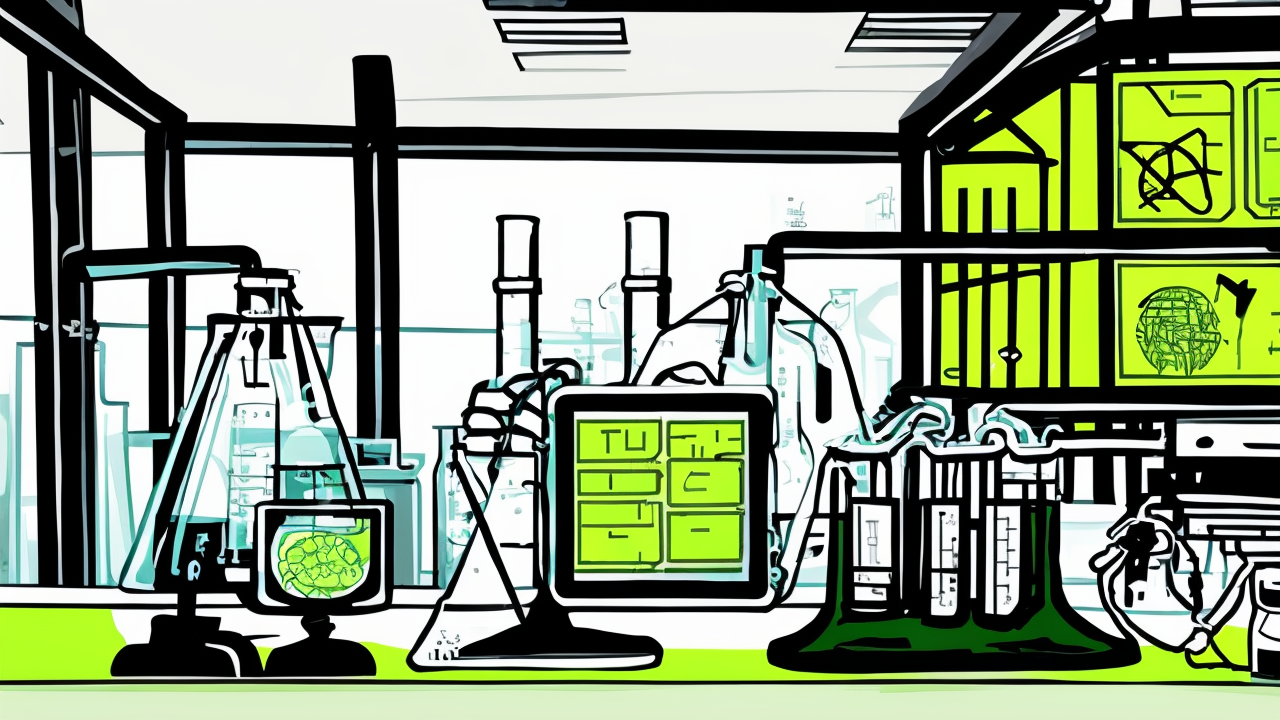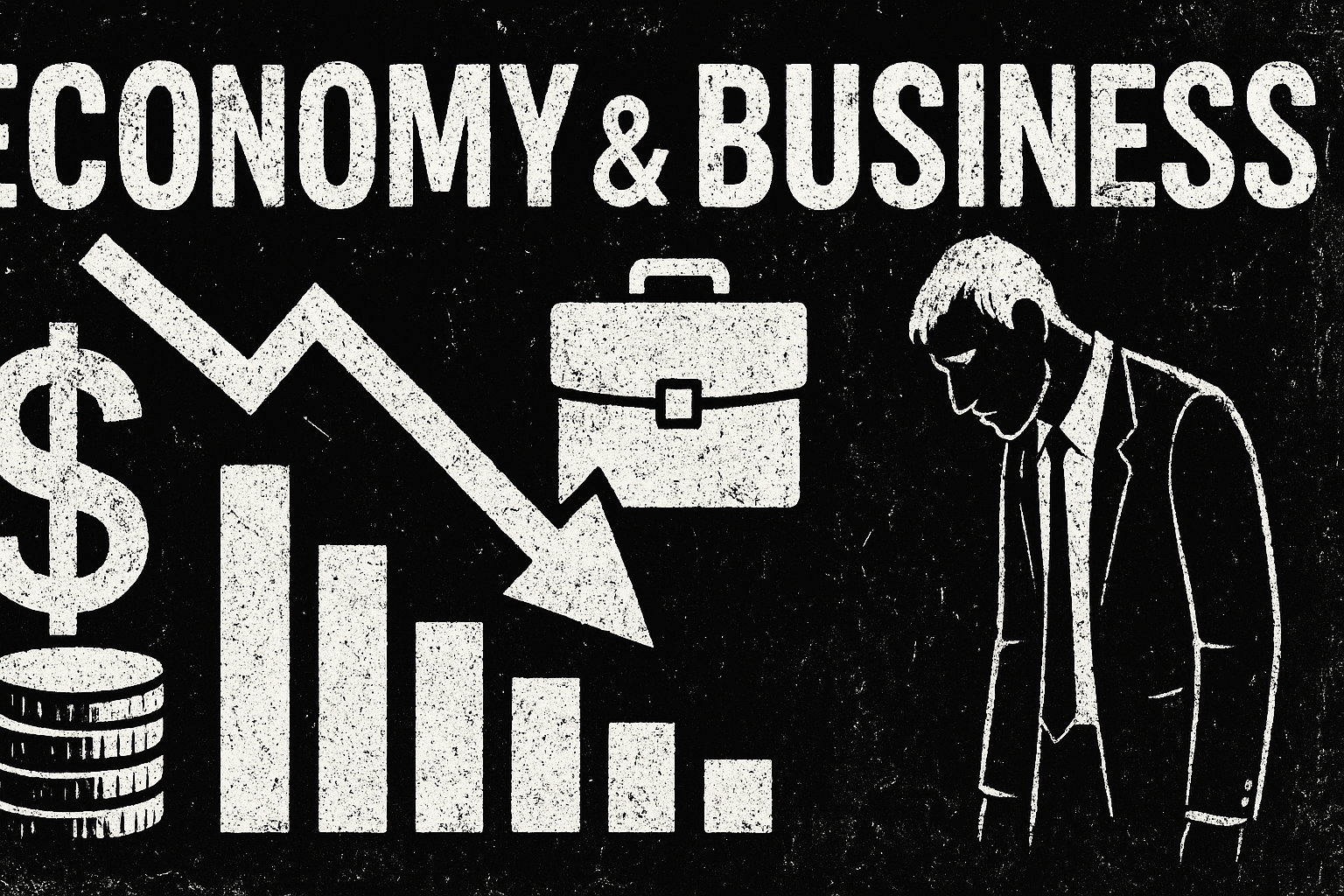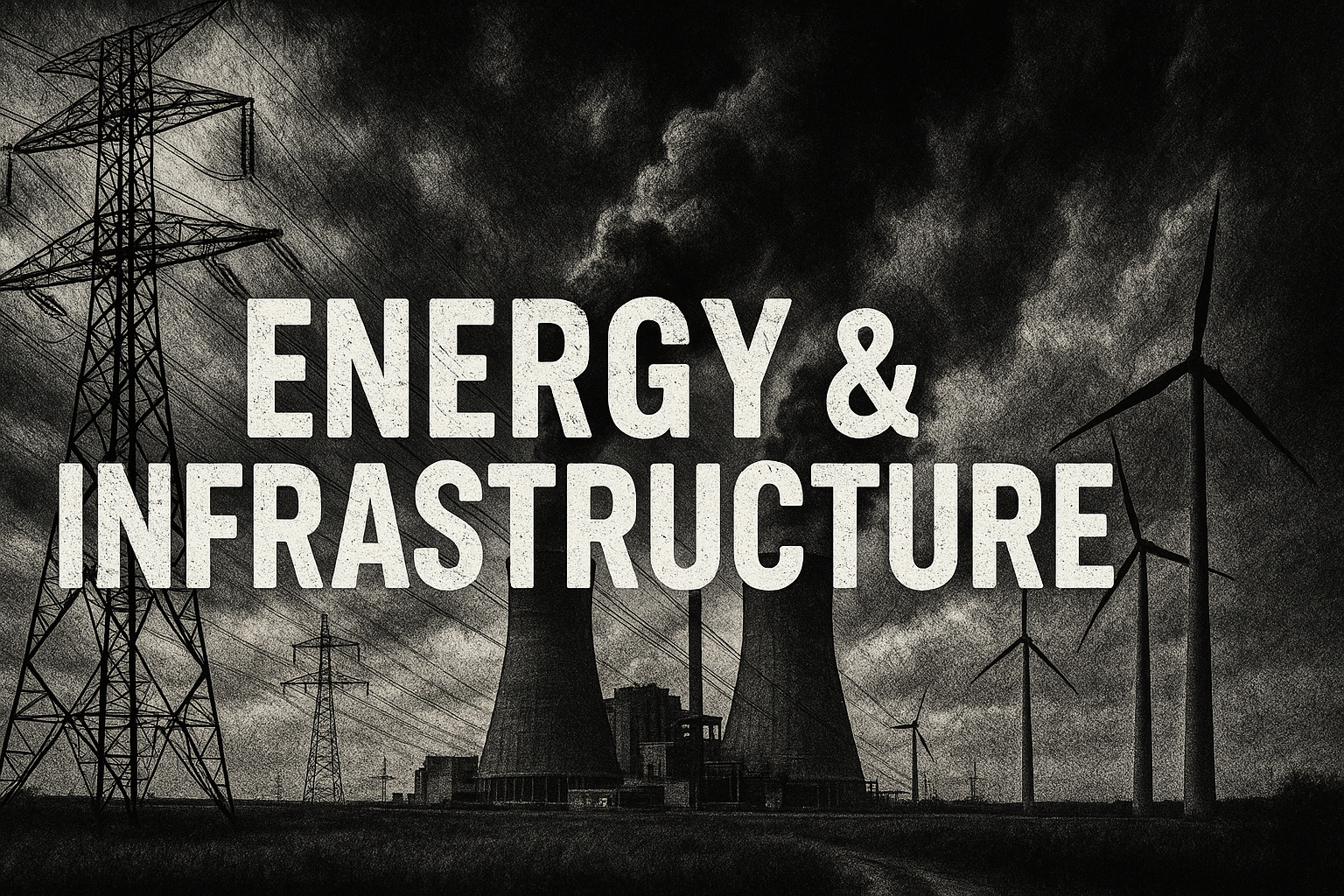South American Cold Wave Highlights Oil and Gas Reliance
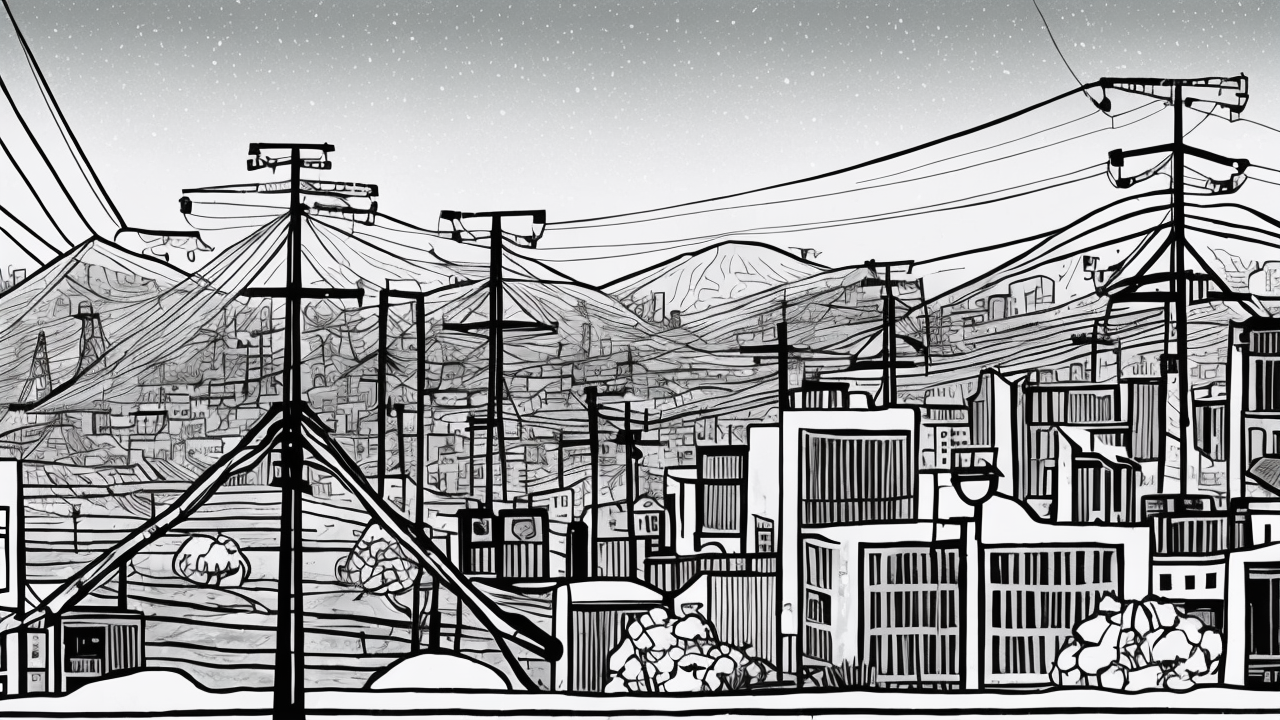
A brutal cold wave in July 2025 exposed South America's energy vulnerabilities, leaving millions without power and heating during record-low temperatures. Nations like Argentina, Chile, and Uruguay faced widespread blackouts as their energy grids struggled to meet demand. The crisis underscored the limitations of renewable energy sources, which faltered under extreme weather conditions.
Snowfall blanketed unexpected regions, including Argentina's Mar del Plata and Chile's Atacama Desert, while Buenos Aires recorded its coldest temperatures in decades. The sudden surge in energy demand overwhelmed already strained power systems, highlighting the fragility of South America's energy infrastructure.
Fossil fuels, particularly oil and gas, proved indispensable during the crisis. Gas-fired power plants and diesel heating units were the only reliable sources of energy, keeping lights on and homes warm. This reality contrasts sharply with the global push for net-zero emissions and reliance on intermittent renewables like wind and solar.
South America is rich in oil and gas resources, with Argentina's Vaca Muerta shale formation and Brazil's offshore fields offering vast potential. Experts predict the region could account for 80% of global oil production growth outside OPEC and the U.S. over the next five years.
Policymakers must prioritize developing these resources to ensure energy security and economic prosperity. The July crisis serves as a stark reminder that cold, not heat, is the continent's greatest climate-related threat, claiming tens of thousands of lives annually.
As South America navigates its energy future, the reliance on oil and gas is not just a practical choice but a necessity for safeguarding lives and livelihoods.
Published: 8/8/2025

